
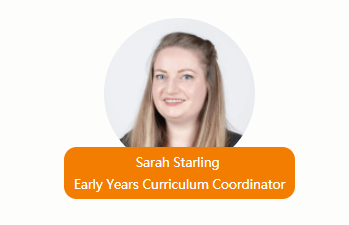
During their time in Huili Nursery Hangzhou, all children will have the realisation that they are able to write words and have them communicate meaning. This is a joyful and magical moment in which children realise the power that writing has. For some children it happens in a split second and for others it is a gradual process. We nurture this power through careful and delicate support which gently leads children through the process of learning to write.
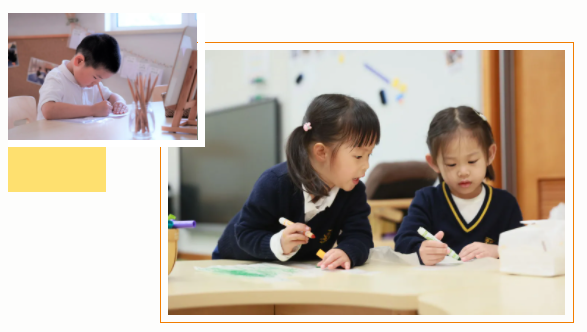
The spelling system in English is notoriously complex and mercurial – just as you think that you have mastered a rule, another exception appears that makes you feel like you are going back to the beginning. So how do we avoid children becoming lost and confused in the complexity of English spelling? We do this by enabling what is called ‘phonetically plausible spelling’.
Phonetically plausible spelling means that we encourage children to write using the spelling they have been taught. For a child who has learnt ‘ay’ for the long ‘a’ sound, they might write ‘cake’ as ‘cayk’ whereas a child who has learnt the ‘a_e’ grapheme, would be encouraged to write ‘cake’. Another example would be writing ‘kind’ as ‘kighnd’ because ‘igh’ is taught before ‘i’ as a way to write the long ‘i’ sound. We teach the children the graphemes that are most common first, moving to least common, thus giving access to the widest range of words most efficiently.
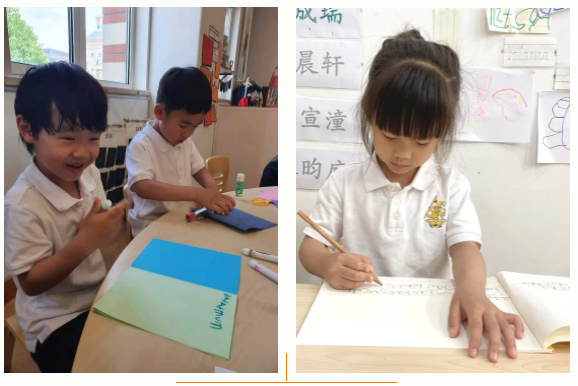
To supplement this, we teach common words separately which are phonetically irregular, such as ‘the’ or that contain a grapheme that the children will not learn for a while, such as ‘like’. For these, we encourage children to learn how to write these accurately as soon as they show us that they are ready.
As their knowledge bank of possible graphemes grows, so can our expectation for accuracy. At home, you can support this by asking your child, ‘Are there any other ways to write this sound?’ if you spot them using the wrong version of a sound you know they have learnt. By praising their careful segmenting of words, they want to write, and using the letters they think most appropriate, we are reinforcing a skill they will use throughout their lives; even as adults, we encounter words that we are required to write that we do not know how to spell, so we write the phonetically plausible version and from there we can check the accuracy.
Phonetically plausible spelling empowers children to feel that they are skilful and capable writers who are experiencing success and pleasure in something they are good at, the magic of writing.
Here is a wonderful piece of writing from one of the children at Huili Nursery. Here you can see how he has used a mixture of phonetically plausible spelling and common exception words which he has learnt.
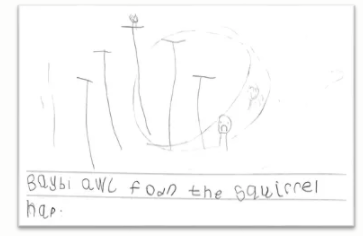
“Baby owl fall down. The squirrel help.”
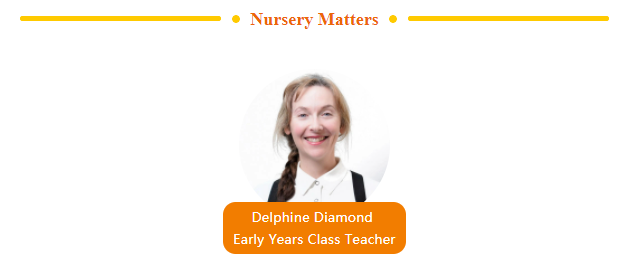
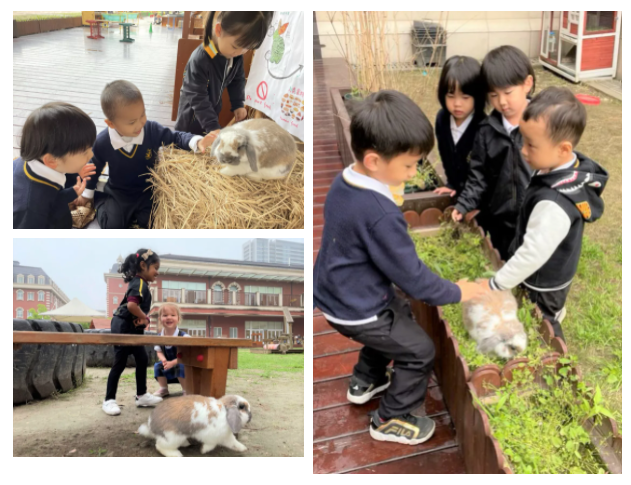
Say hello to our adorable Huili Nursery Peter rabbit - aptly named by Sienna, our EY1A child.
Can a bunny bring value to education and if so, what can they teach children? Upon Peter’s arrival, as you can imagine, there was a flurry of excitement from the children. Through modelling how to treat Peter, take care of him, feed and look after him, children have learnt to respect and look after an animal. For some overzealous children, learning how to manage their overwhelming excitement, and recognising their need to control their outbursts of squeals, jumps, fast movements, heavy hands – and transforming these emotions and behaviour by positive modelling has revealed remarkable stepping-stones of development for many children. As an educator and an animal enthusiast, this process of observing the children developing a relationship with our bunny, has been an inspiring journey.
The children and rabbit have built trust and security and now they play side by side, playing, hopping, jumping, and skipping together. Peter is free to pop into our classrooms and is often hopping around or relaxing near the children while they are engaged in learning. Peter is a happy rabbit at Huili nursery as the children have had the opportunity, through and with him to practice and demonstrate our Huili values, respect, kindness, and responsibility. It is my perspective that a wonderful educational experience has evolved in building positive relationships between children, educators and our lovely rabbit, Peter.
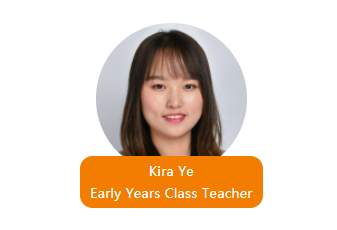
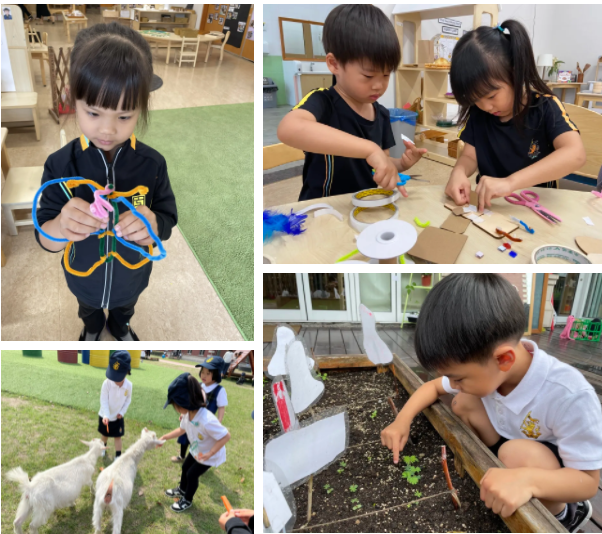
The children in EY2C have entered the final stage of their project learning "Growth". In the art area of the classroom the children selected the materials they want to use to make different styles of butterflies. These butterflies are not only diverse in appearance, but you can even find a hidden "siphon mouthparts" on the back of the butterfly.
When we observed the plants during outdoor exploration time, children were particularly looking at the shape of the petals and the colour of the stamens. They are full of enthusiasm for their surroundings and appreciate all aspects of their growth project.
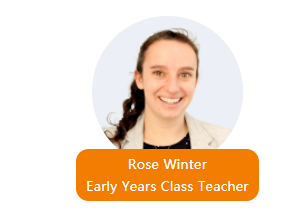
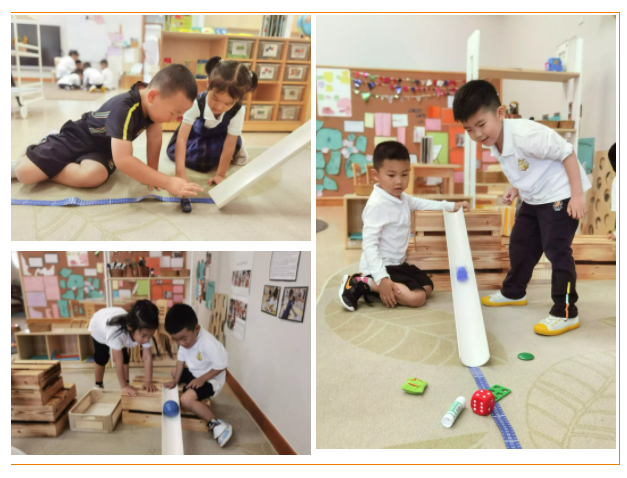
In EY3C we have been investigating measurement through our play. The children have been sending objects down different height and length guttering and seeing how far the objects have travelled. There have been many conversations around what happens when you change one factor in the process. The children have investigated the difference between the distance the same object travels from a higher or lower starting platform, as well as how the distance is affected when the length of the guttering changes. They have learnt how to measure accurately using a tape measure and have enjoyed recording their results on the whiteboard.
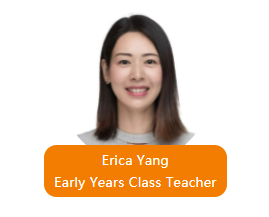
Children in EY4 are continuously taking the lead in their learning and are busy exploring different learning opportunities through a range of mediums and social interactions. From creating their own "learning story booklets", the children discovered the power of documentation and had the chance to revisit their learning moments in the past. It was also enjoyable for them to communicate their ideas with their peers to get an insight into the learning journey of others.
After visiting the main library for research purposes, the children in EY4U decided to share some of their learning outcomes on sea animals within our community. They approached the children and teachers in the communal area and represented their thoughts productively and confidently.
Both the parents and children in EY4D are taking steps together in their current project "The oldest memory ". While the children are leading the direction of this project by exploring the clothing, food-making process and cultural symbols of ancient people. The parents are collaborating with this learning journey by participating in project seminars and brainstorming, as well as providing resources and meaningful conversations to facilitate the learning.
These "highlight moments" are frequently found in the Huili community and are created and celebrated by parents, teachers and children. It is inspiring for the children to remain "curious" "persistent" and "resilient", and to share even more wonder with us on their journey.